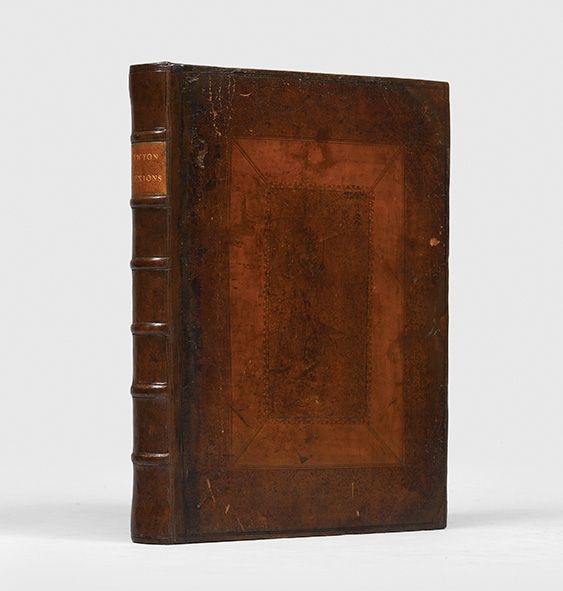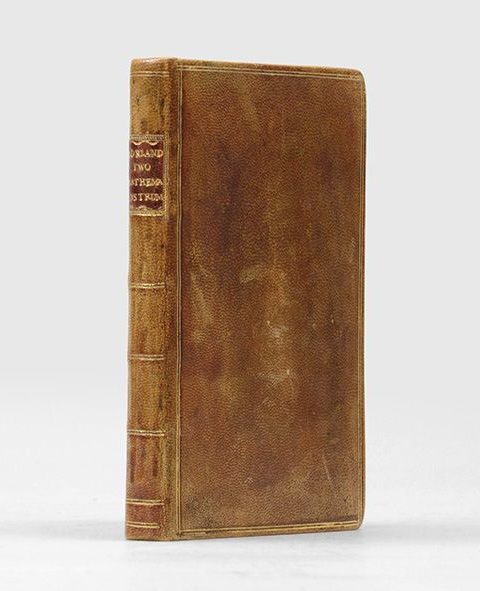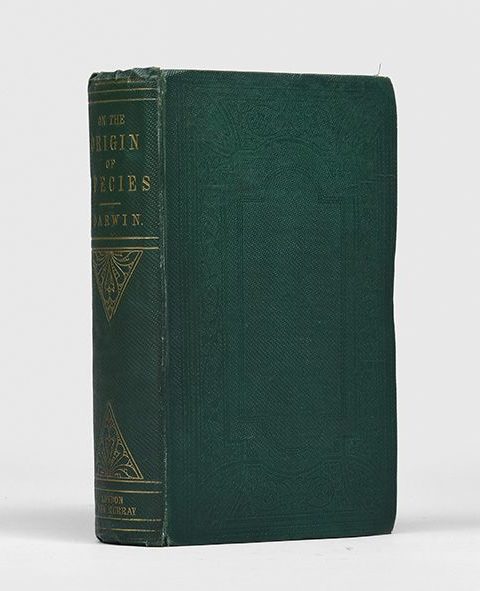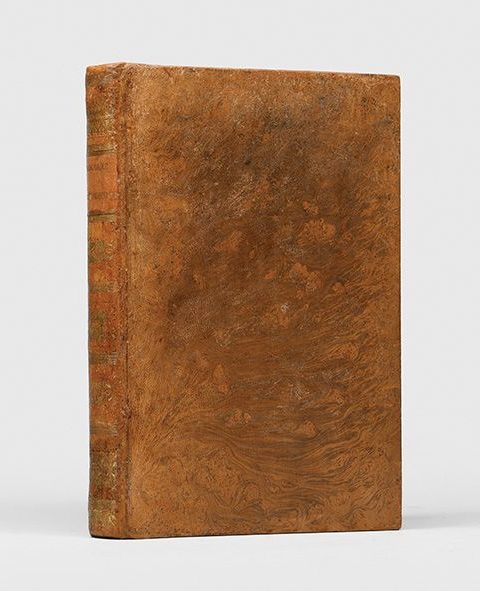Original title: “The Method of Fluxions and Infinite Series; with its Application to the Geometry of Curve-lines”.
Translated from the author’s Latin Original not yet made public. To which is subjoined, A Perpetual Comment upon the whole Work, Consisting of Annotations, Illustrations, and Supplements, In order to make this Treatise A compleat Institution for the use of Learners. By John Colson, M.A. and F.R.S. Master of Sir Joseph Williamson’s free Mathematical-School at Rochester.
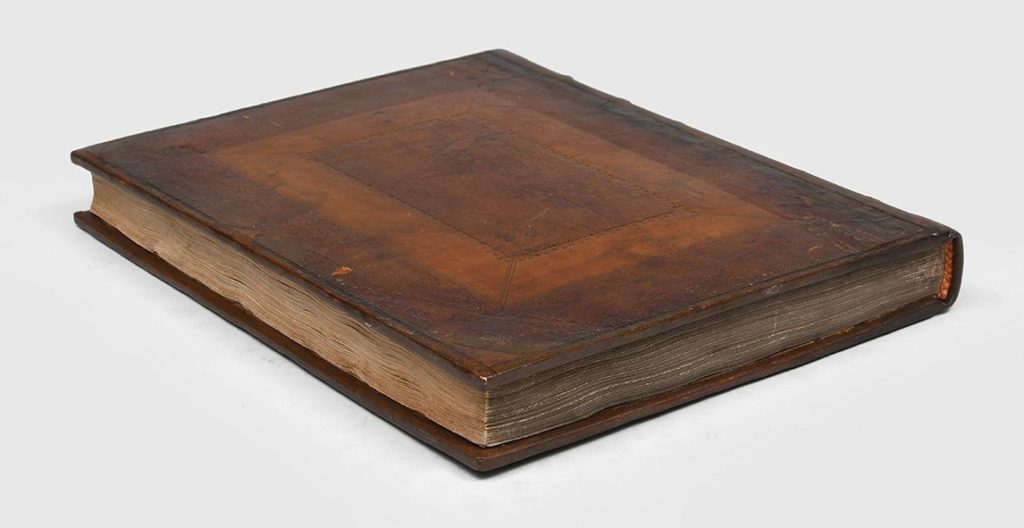
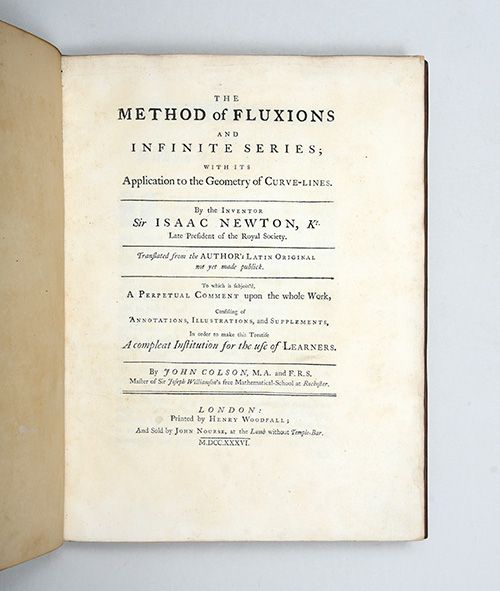
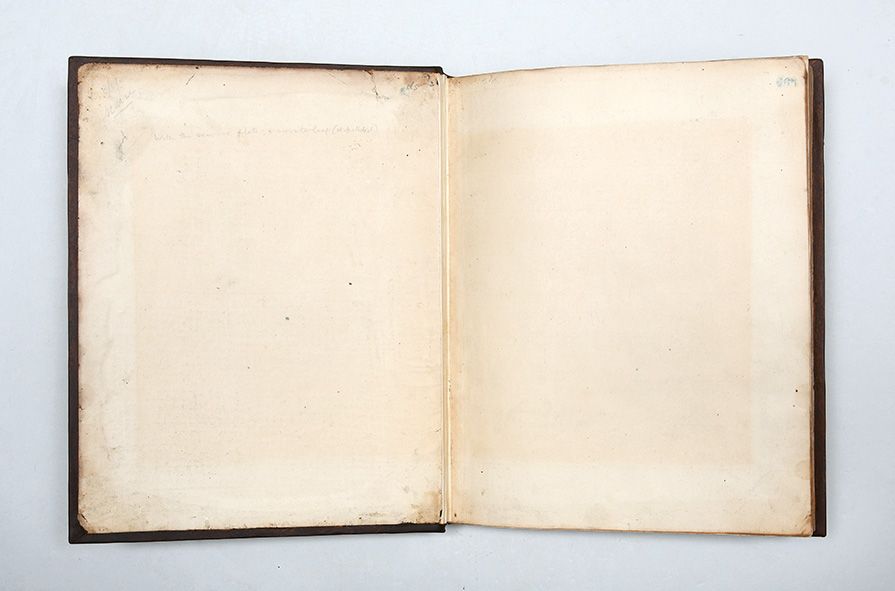
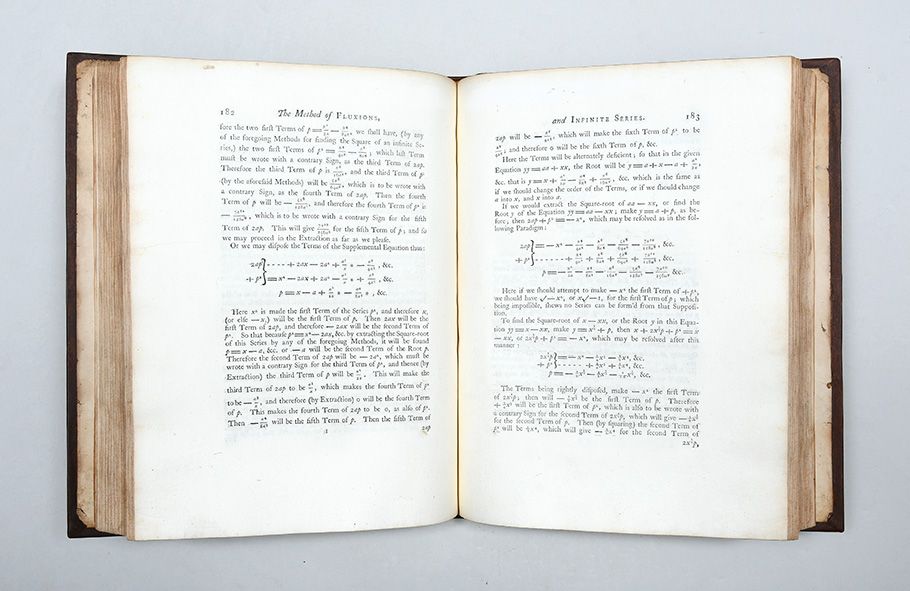
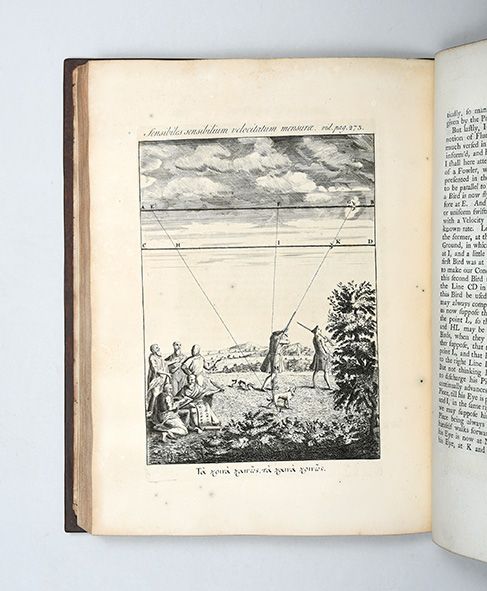
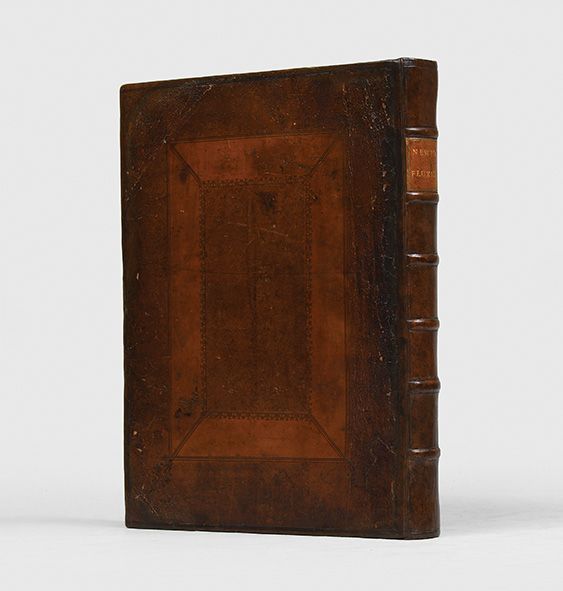
$65,000
Notes
First edition, large paper copy, “a key document in the controversy over whether Newton or Leibnitz had priority in discovering differential calculus” (Norman). London: printed by Henry Woodfall; and sold by John Nourse, 1736.
Newton’s Methodus fluxionum was originally prepared in 1671, but remained unpublished until this English translation by John Colson; the Latin original was not published until 1779. At its time of composition, it was Newton’s fullest exposition of the fundamental problem of the calculus, with a presentation of his successful general method.
Leibniz published his work on calculus first, which led to a major controversy over who was the true inventor, with Newton’s supporters accusing Leibniz of plagiarising Newton’s unpublished work. Modern scholarship accepts that the two men developed their ideas independently. “It was often lamented that the world had had to wait for so many years to see Newton’s masterpiece on fluxions. It is astonishing to realize that publication sixty years beforehand would have changed the history of the calculus and would have avoided for Newton any controversy over priority. In 1736 all the results contained in Newton’s treatise were well known to mathematicians. However, it was too concise for a beginner, and Colson added almost 200 pages of commentary. His commentary contributed to the establishment of a kinematical approach to the problem of foundations” (N. Guicciardini, The Development of Newtonian Calculus in Britain 1700-1800, pp. 56-57).
Description
Quarto (284 x 221 mm). Contemporary panelled calf, rebacked and recornered with orange morocco label, red speckled edges.
Engraved plate (facing p. 273), errata, woodcut diagrams throughout.
Light toning to title, contents clean; a very good copy, complete with the sometimes-wanting plate.
Babson/Newton 171; ESTC T18629; Gray p. 46; Lowndes p. 1674; Norman 1595 (misdated 1734); Wallis 232.

